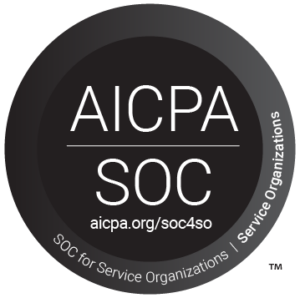Data Migration in SAP: 3 Essential Tools for the Job
Data Migration in SAP
3 Essential Tools for the Job
Just as important as any products you make or any services you deliver, your data is a byproduct of your business activities. Without precise inventory, accurate customer information, impeccable accounting, and other data driven information, you would be hard pressed to compete in today’s marketplace. So when you need to upgrade your systems, data migration must be done properly as well. Stated simply, data migration is the process of transferring data between computer storage types or file formats. You might need to transfer data from hardware to cloud-based systems; or from a non-SAP system to an SAP system; or upgrade from an older SAP format to the newest SAP HANA. In any event, data migration must be handled carefully. Be sure to call the experts at 1st Basis to deal with any data migration you might need.
Different Organizations, Different Needs
1st Basis understands that each company is unique and is committed to working with you to determine what kind of data migration best meets your needs. For instance, S/4HANA helps a business reduce its IT costs by streamlining its SAP landscape. Your business may prioritize financial data migration as essential to speed up your drive towards S/4HANA in a profitable way, then have other (legacy) data moved as well. 1st Basis will help you perform data evaluation in your current framework in order to plan the best way to move, maintain, and utilize data. With sound planning, your company can minimize risk, keep administrative consistency, and increase your return on investment.
Essential Considerations for Data Migration:
• Define the standards for the data quality, data mapping, and data conversion.
• Involve key data stakeholders throughout the data migration project.
• Use the appropriate tool to mechanize the execution of mapping of data, data transformation, and data quality responsibilities.
• Focus on 4 factors: comprehensiveness, consistency, compliance, and conformity.
• Meet the clear data standards and guidelines during the time of data entry in the system.
• Set up monitoring and reporting and establish action plan for data remediation.
Tools – Business Object Data Services (BODS)
BODS system is a tool used to extract, transform, and load data from one system (source) to another (target). It can be used with disparate systems and is tightly integrated into SAP, so it can acquire data from a variety of source systems, change it into readable data for SAP, and upload it into your SAP system. You are able to read business data at application level with BODS, and it has effective debugging and monitoring as well.
Tools – Batch Data Conversion (BDC)
With this kind of data migration, data is transferred using the batch input program. You can do it using a call transaction method or a session method. It helps to transfer a large amount of data entries related to the data entries from a legacy system to an SAP system. Only the data related to a single transaction is transferred initially with the help of a correct data format map. It automatically moves all the outstanding data entries that run in various lines using the same data format. This entire process happens in the background and the data are transferred one by one, just like they would be by hand (only a lot faster, of course).
Tools – SAP S/4HANA Migration Cockpit
This is a new migration data tool that uses preconfigured migration content. It is designed for SAP S/4HANA and was initially obtainable for cloud release only. There is now an on-premise version. This tool is made for improvements and modifications of already defined migration objects. It provides such capabilities as:
• Pre-configured content and mapping for each migration object, e.g. G/L open items.
• Predefined templates (Microsoft Excel XML files) for each object.
• Automated mapping between template and target structure.
• Migration programs are automatically generated – no programming required by the customer.
• Available for private and public cloud or on-premise.
These are the basic tools needed for successful data migration. There is also a Legacy System Migration Workbench (LSMW) system designed to take data from non-SAP systems to SAP R/3 systems. Contact us today to find out more.





